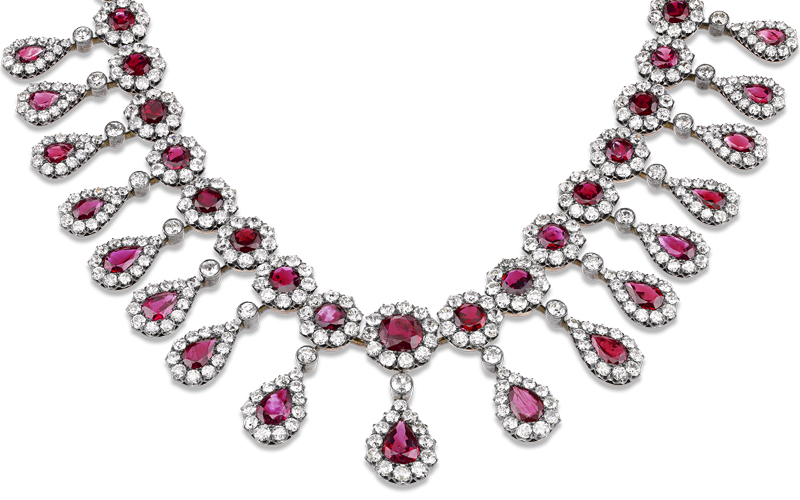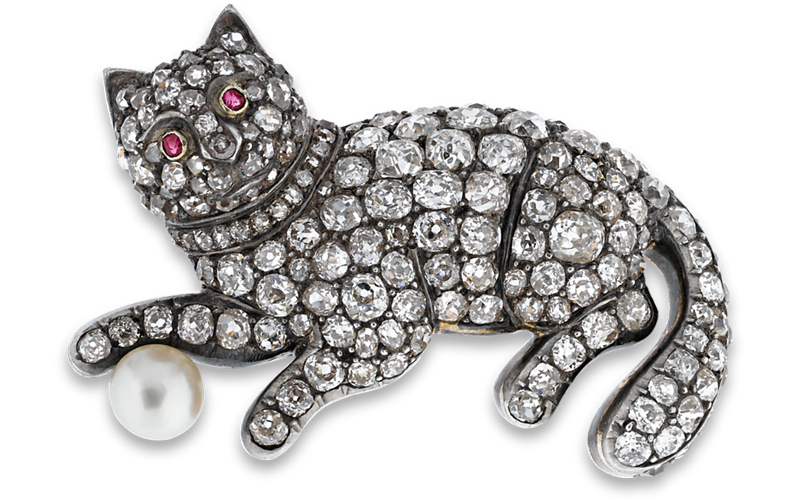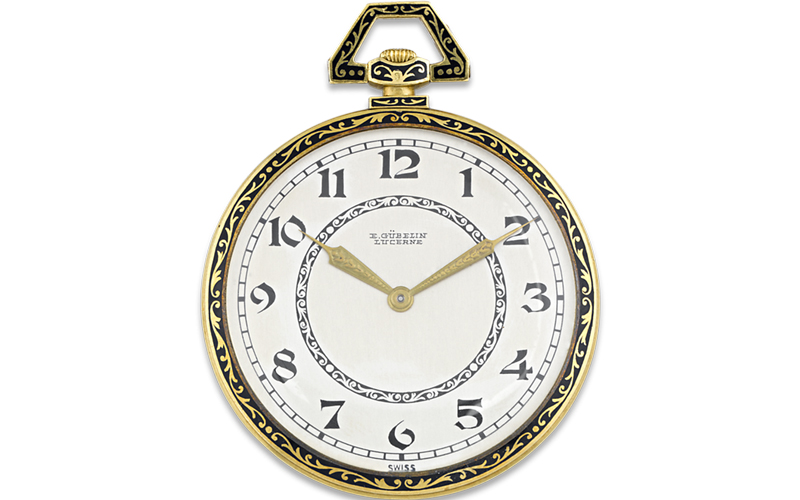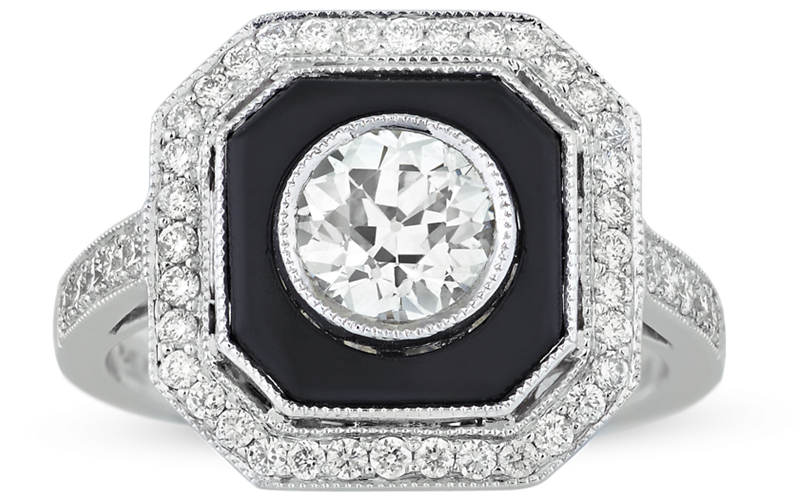Glitzy and glamourous, flamboyant and fashionable, subtle and stunning! There is something timelessly chic about vintage, antique, retro and Art Deco jewelry that is favored by many of today’s biggest stars, including Angelina Jolie, Kate Winslet, Eva Mendez, Jennifer Lopez and Hillary Swank.
Late 18th and early 19th century sentimental rings with poignant meanings, secret messages, and motifs evoking love and friendship are favorites among the new generation collectors.
From delicate, intricately designed Victorian pieces to chunky, large Retro items, these special pieces continue to be stylish women’s favorite fashion statement.
Third-generation antiques dealer Bill Rau, the CEO and President of M.S. Rau Antiques, understands the artistry and allure of these ageless accessories and he has millions of dollars in worth of rare and fabulous baubles and bling at the New Orleans’ store. Bill sat down with Madison Freeman, Editor-In-Chief of Luxury Life- Wings, Water & Wheels, to share why these pieces remain in Vogue and are trending.
What is the difference between, say, antique, vintage, Art Deco and retro?
Bill Rau: Roughly, antique is 100+ years or older; Vintage 50+ years old; Art Deco was introduced in the 20s and Retro was a specific style for jewelry in the mid-40s and 50s.
Why does vintage and antique jewelry stay in demand?
Bill Rau: I believe that most pieces have a life cycle – they go in and out and back in to style. When they come back in style, they basically remain popular. If a piece makes it to that third level, all of the sudden, it becomes something that is no longer subject to the whims and fancies of a new design. Once it is there, it will stay in style.
What types of jewelry stay popular and why?
Bill Rau: It is really about the quality of the piece, things with exceptional workmanship stay in style. It doesn’t really make a difference if it’s rings, earrings or necklaces. Rings will never go out of style.
Necklaces are slightly more difficult because some won’t look good with certain outfits. Earrings will always be popular, as long as women have ears! The one exception to the rule perhaps, are brooches.
What makes certain pieces more appealing than others?
Bill Rau: At the end of the day, jewelry is about differentiating yourself. It’s about making one feel good about themselves and what a great way to dress up a look. There is still nothing like a brooch; it’s the most three-dimensional piece of jewelry that a woman, or man for that matter, can wear to really stand out. Think about people with nice rings and earrings, it looks great, but when you put a great brooch on, well, people will remember it!
How do you know if a piece is vintage or antique versus a reproduction or fake?
Bill Rau: That’s a great question and for which I wish that I had a clear-cut answer. One of the most telling signs of any piece of jewelry is that you should always look at its back. Fronts can lie, but backs are much harder. Any piece of antique jewelry, certainly from the back, always has a much higher quality of craftsmanship. Keep in mind, that labor was much less expensive and things were hand-made. As for the stones in a piece, you can always get them tested by independent labs, such as the Gemological Institute of America (GIA) or the AGL (America Gemological Laboratories). For the actual jewelry, it takes some skill and practice, but once you’ve seen a few great ones and a few reproductions, it becomes easy to tell the difference.
What makes a piece like The Royal Blue diamond ring worth nearly $10 million?
Bill Rau: It’s all supply and demand. When you talk about a 10-carat blue diamond, there may be two for sale in the world. To have something like the most famous gemstone in the world, which is the Hope Diamond at the Smithsonian, is very rare…. If you were to buy a 10-carat blue diamond at a stone you would most likely have the only one in the world. I also like to think of it as an investment; what makes it worth millions are what people are willing to pay for it. The Royal Blue beautiful, it’s rare and it’s something that no one else has.
Of all the pieces at M.S. Rau Antiques at the moment, which is your favorite and why?
Bill Rau: We bought a 29.9 carat Alexandrite stone and to say it’s rare is an understatement. To try to put in perspective The Smithsonian, which houses some of the rarest jewels in the world, does not have one even remotely like this. The thing about an Alexandrite is that it changes in colors from purple to red to green. The stone at M.S. Rau is an almost a 30 carat Alexandrite with a 90 – 100% color change. I love the fact that we own something like this wonderful antique stone, which there will never be another one like it in the world.
Tell me about the most exciting, vintage piece that you have at M.S. Rau Antiques.
Bill Rau: We have something that is beyond extraordinary - Pope Paul VI’s Cross and Ring. The lady who owned it mentioned that the pieces had an original catalog from when they were sold at auction at Park Brunei. When we found out that there was a catalog, we knew that this could help prove that provenance of the pieces. We went on searches of catalogs and found one in England and paid $1 for the catalog and $125 to fed-ex it to us in America. We did this because once we received it, we had the proof that this was the Pope’s Cross and Ring. It was the most magnificently hand worked gold with unbelievable diamonds, one after the other. The cross alone has over 60 carats of large white diamonds and Colombian emeralds. The ring has a 13.50 carat Old European cut diamond, surrounded by a halo of 14 shimmering white diamonds. To have all this with not only provenance, but with ironclad provenance, makes these items arguably two of the greatest pieces there is because truly, they do have it all!





